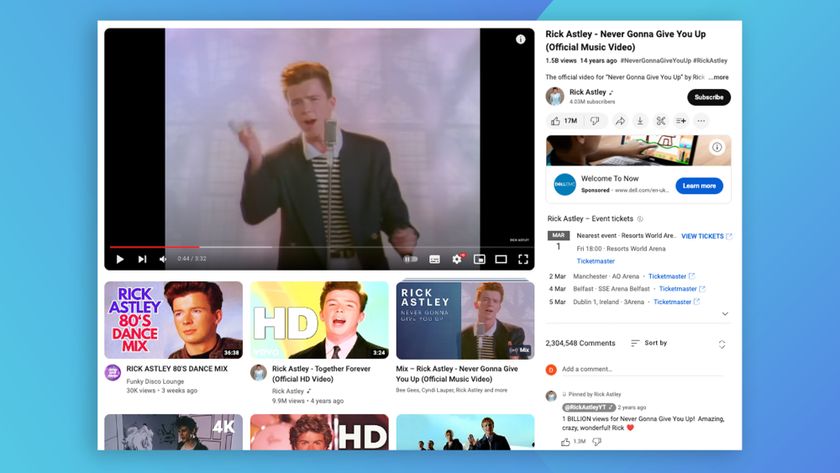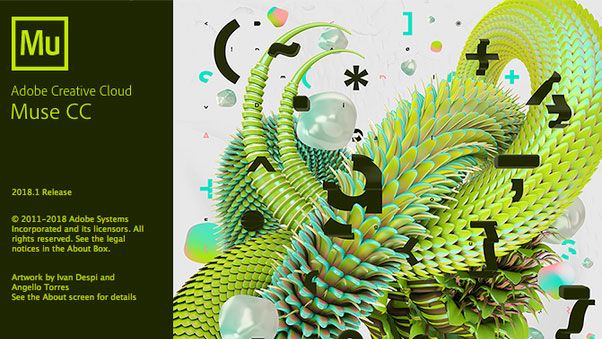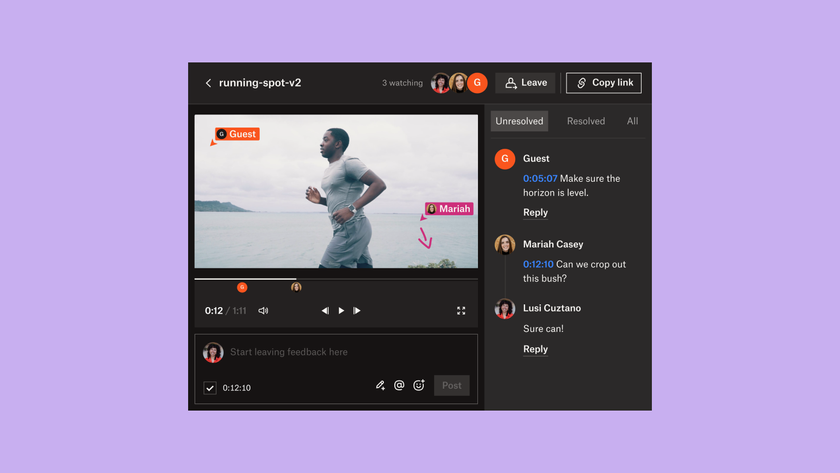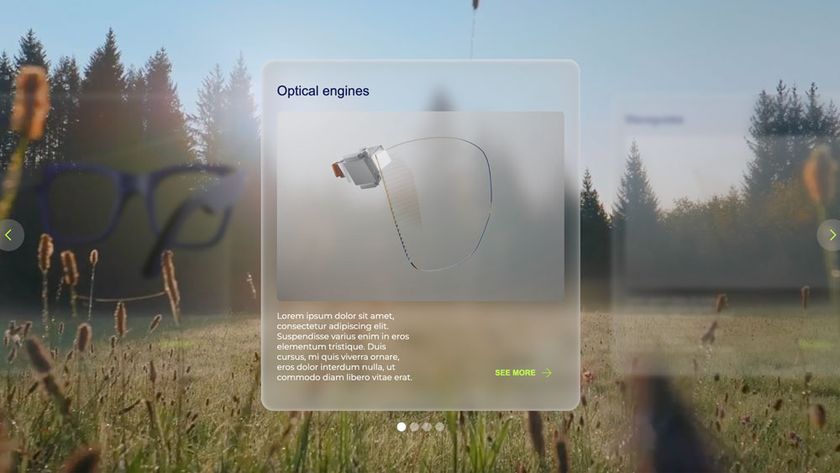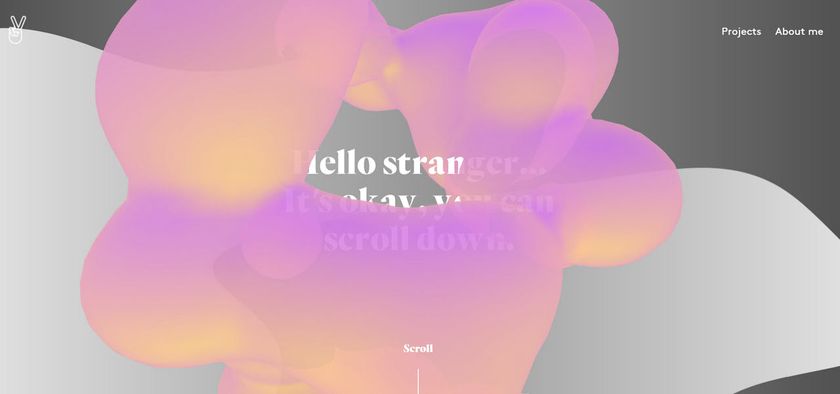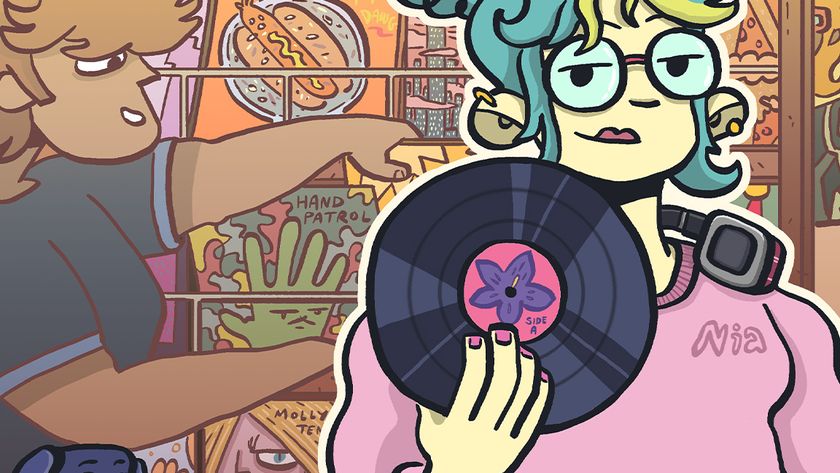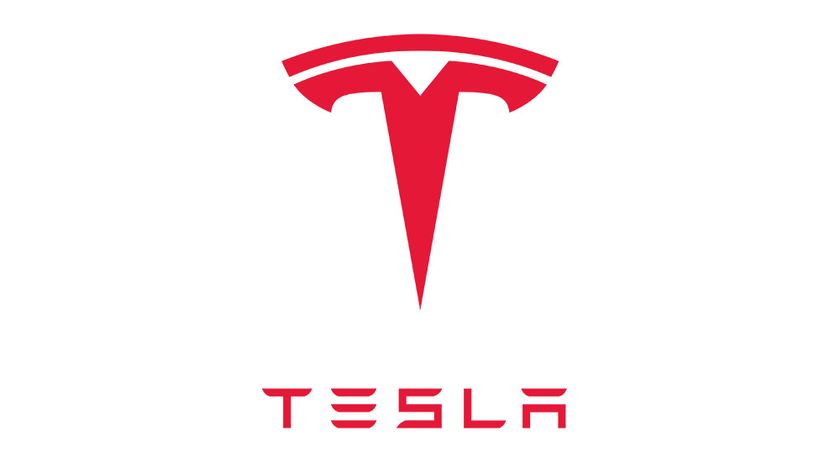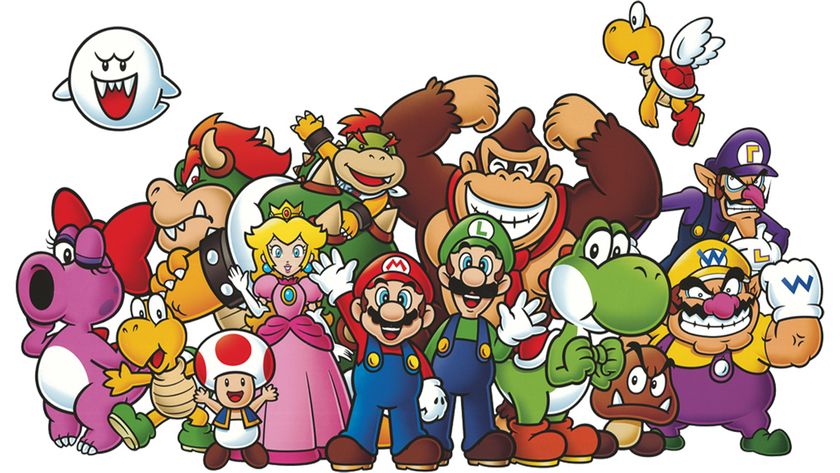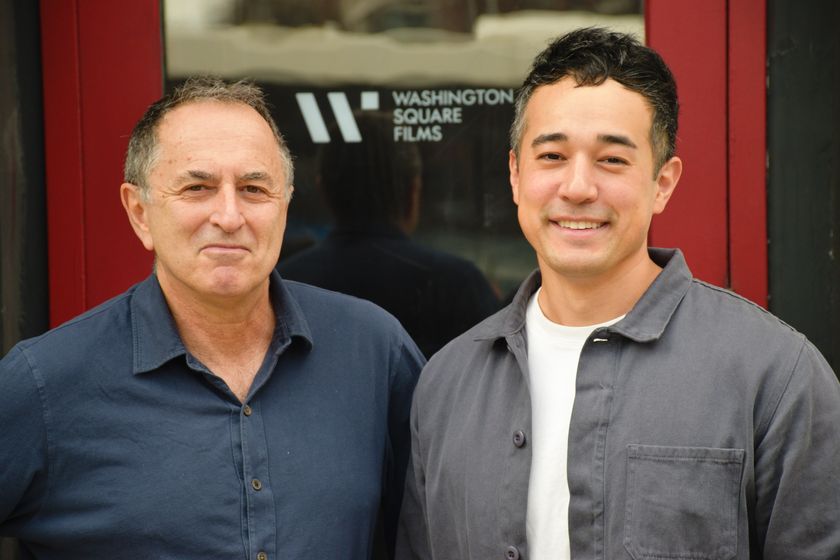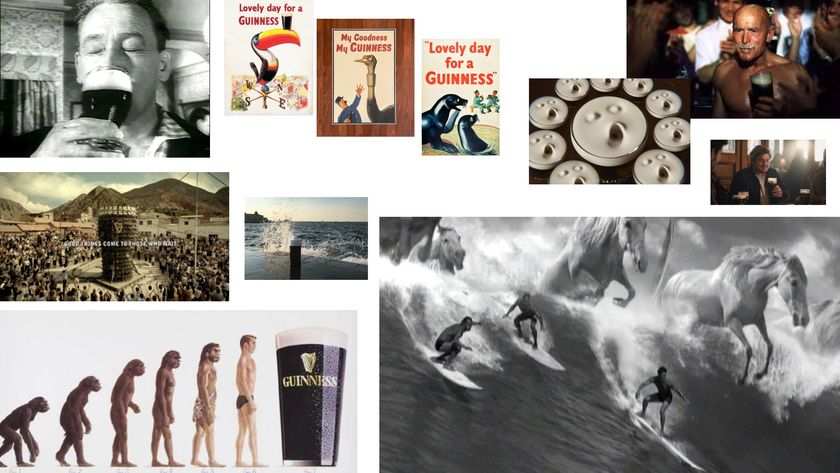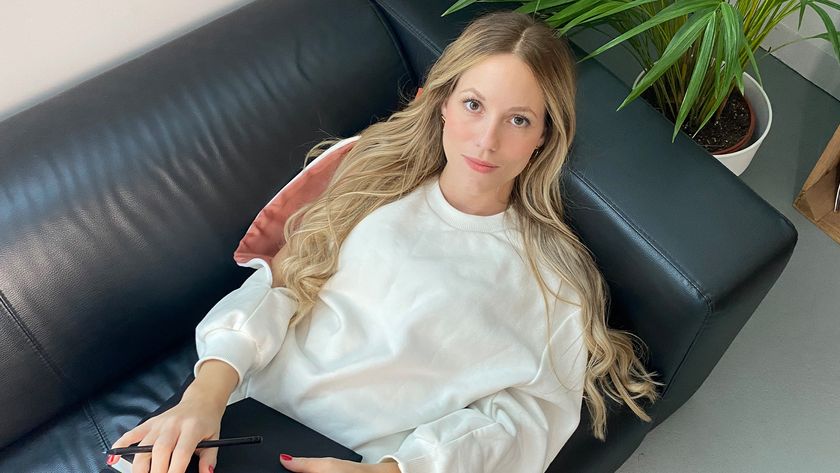Why design is key to Airbnb's incredible success
How this groundbreaking travel company built a design system that could take on the world.
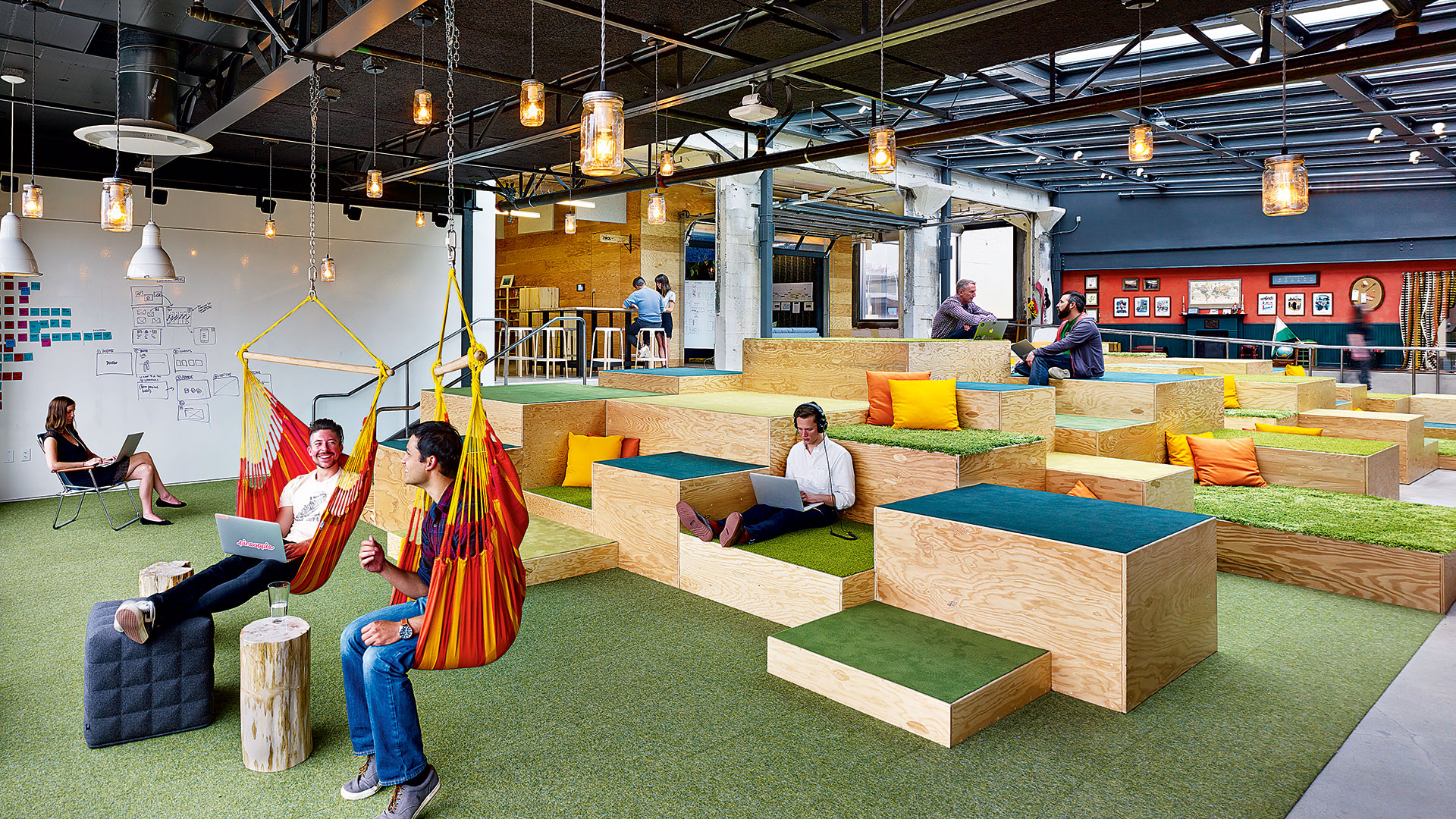
Airbnb's mission is all about making people feel at home – whether that's during a stay with one of its hosts or on its website. That means communicating effectively with a global user base, and building a design language that can scale with the company as it continues on its meteoric trajectory.
We chatted to vice president of design Alex Schleifer, about how the design team is helping Airbnb fulfil its mission.
How has the role of design changed at Airbnb since the company launched?
Alex Schleifer: Design has always been important at Airbnb – it was founded by designers and the first guests were coming to a design conference in San Francisco. Some of the biggest changes have come from scaling and adapting to the momentum.
Our design team has evolved. We have researchers, writers and even engineers that all are today part of the design organisation at Airbnb. We've built better tools and processes. We have designers embedded in all our product groups. It's constantly evolving but at its core it hasn't changed all that much – there's a deep passion for design.
How is the design team structured?
AS: Design is a multidisciplinary group that includes experience design and research, content strategy, localisation and design operations. These teams impact everything a user will interact with – this includes internal users like our customer agents.
It's a real advantage to have so many disciplines within the same team, as you're constantly exposed to many different facets of the work.
What are the core principles your design teams work by?
AS: Airbnb has a clear mission that drives all of our decisions: To help build a world where everyone on earth can feel like they belong anywhere. When applied to product design, the key principles this translates to are designing for trust and designing for everyone.
Get the Creative Bloq Newsletter
Daily design news, reviews, how-tos and more, as picked by the editors.
These really apply to everything we do and impact the progress we make towards our mission most substantially.
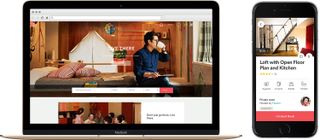
How do you apply those two principles in practice?
AS: Building trust is really about creating an environment where trust can manifest itself between what are often two strangers. There are very explicit ways to do this, like reviews or verifying profiles, but also subtle ways, like how much we emphasise real people and real homes.
As for designing for everyone: We're building a product for a truly diverse and global community. There's something unique about our global reach – when a host and guest meet they're often from different parts of the world.
That means every decision we make needs to be done with a global lens. Our community is also incredibly diverse, and making sure everyone feels like they belong on Airbnb is in part the responsibility of our user experience design.
What's the role of research in this?
AS: We have a strong research team that does substantial global studies and is constantly meeting with our community all around the world. Without local knowledge we can't develop a truly global product.
The research team helps develop and iterate on features by capturing real user feedback, but it also takes on larger, long-term research projects that guide the overall product strategy. The work of researchers is critical to every decision we make on the product.
The same goes for data science. Our community is so large and diverse it's incredibly important to have a team that helps us understand behaviours on our platform. In most cases, data scientists will work closely with researchers to help us learn more about our users. All of our designers are motivated to learn more about data and how to read it.
There's a healthy balance between art and science that makes working here really rewarding. Data and research really help us fine-tune our intuition.
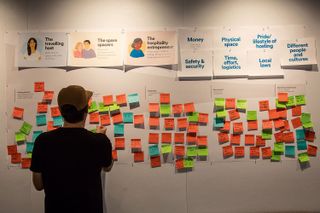
How do you manage the design of Airbnb products?
AS: We set out to build a design language system (DLS) with some specific goals: create a common language that is understood across disciplines, establish an iconic visual language, and define components that make designing and building software easier.
It's all in the name of creating a beautiful, cohesive, usable app or website. For this to happen we need everyone involved, not just designers. It's been great to see engineers really engage with the project.
Something at this scale is never easy and there are many ways to define what a component is, how atomic you should be in your definitions, what's called what. These are the conversations that improve the system and since its launch six months ago it's only become a bigger part of the conversation at Airbnb.
What was your process in putting the DLS together?
AS: We started with a small team that essentially built a manifest of all the patterns, flows and elements that existed in our products. It was important to quickly build a scaffold of sorts for the system; a set of common components with common names.
This showed us we could take something that had been developed over years by many different people and organise it into a very reasonable set of patterns.
We did visual and brand work alongside this to get a sense of what we wanted our future products to feel like. We knew we wanted to let the photography shine, to bring in typographic qualities that support a range of languages, and so on.
Then the work really started. We began building some of the components and getting deeper into the UI. This involved many more teams and conversations around specific philosophies in design and engineering.
How is the DLS used now?
AS: It has already changed the way we build. It's now owned by everyone that works on our product, which means it's growing and changing every day. The way we look at it, we'll never be done.
A design system needs to evolve at the pace of the company – or preferably even be slightly ahead, so it can support new projects.
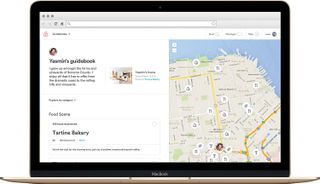
How important is storytelling?
AS: It's incredibly important to us. We actually use storyboarding for a lot of our projects. We are big fans of companies like Pixar and often use professional illustrators to communicate a concept. We also create a lot of content ourselves: short films, animation and music that get integrated into the app or communication.
There's a huge variety of incredible talent at Airbnb and we're lucky to have a community that brings so many amazing stories with it.
How often do you bring in outside contractors?
AS: We will work with the best talent the project requires. This means we've worked with many incredible people over the years. We will usually find people that have specific skills, like illustrators, musicians, data designers and so on.
What's your workspace like?
AS: Most of the design team is based out of San Francisco in an incredibly varied and creative space. We work in what are essentially neighbourhoods built around large 'project rooms' that are modular spaces with displays, whiteboards, pinboards and tall tables.
Everyone is free to pick up and work in the many open spaces distributed around the office. People are also free to change spaces by decorating them.
The design team is distributed, but we have a few key spaces that are shared. There's a crit room that really is our main home, as well as the common studio, which is set up with a variety of creative analogue and digital tools.
How do you communicate with your team?
AS: We're growing very rapidly so reducing the communication overhead is important. Distinct product teams have their own cadence. There is one all-hands every two weeks where the entire team gathers for updates from various parts of the organisation.
Individual disciplines also have stand-ups weekly, where most (if not all) of the week's work gets an update. I try to personally meet with different people from the team as much as possible, but it's become harder as it has grown to over 100.
I will walk the office and try to chat to whoever I meet about what they're working on. It's one of my favourite things to do.
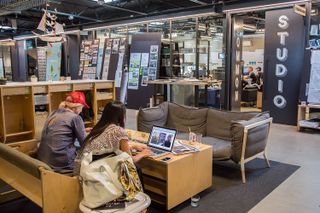
Do you use any particular tools?
AS: I'm a big fan of Slack and its integrations. It's really easy to share files and feedback. Our team uses it pretty much constantly. I always have it open on my desktop – I like being available if anyone on the team needs to talk to me.
We're also building internal tools for asset management, file sharing and prototyping that we'll share in the coming months. In general, we try not to burden people with too much software, as each team has their own needs.
Tell us about the role of atomic design at Airbnb...
AS: Any company that builds software at the rate we do ends up using some sort of atomic process. There's no way to scale if you don't become somewhat capable at building systems. We've got a lot better at componentising everything and building tools as well as processes.
Tools are a huge part of this. We have a team dedicated to building and integrating tools for our designers; everything from asset integration into Sketch to prototyping environments. Having access to everything quickly is crucial, whether it's an icon or a piece of research.
As the company has grown, what have you learned about implementing design thinking in a large organisation?
AS: I think it's about creating simple frameworks and giving people the right environment. We're lucky because design thinking has been part of Airbnb since day one, which makes things somewhat easier. The other thing is to make sure you don't consider 'design thinking' as something that exclusively resides within the discipline of design.
This article originally appeared in net magazine issue 287.
Related articles:

Thank you for reading 5 articles this month* Join now for unlimited access
Enjoy your first month for just £1 / $1 / €1
*Read 5 free articles per month without a subscription

Join now for unlimited access
Try first month for just £1 / $1 / €1
Tanya is a writer covering art, design, and visual effects. She has 16 years of experience as a magazine journalist and has written for numerous publications including ImagineFX, 3D World, 3D Artist, Computer Arts, net magazine, and Creative Bloq. For Creative Bloq, she mostly writes about digital art and VFX.
